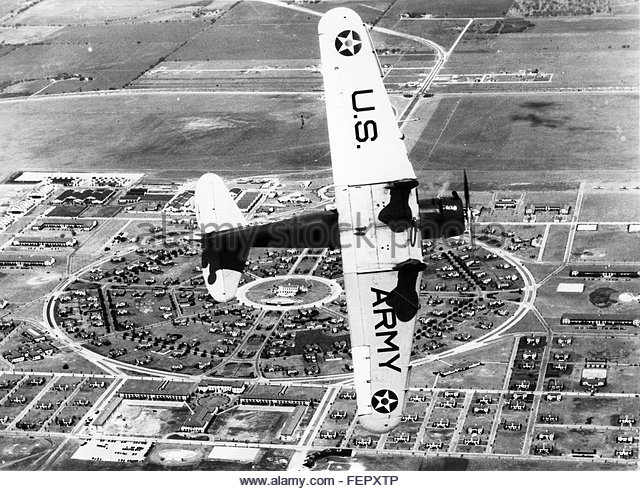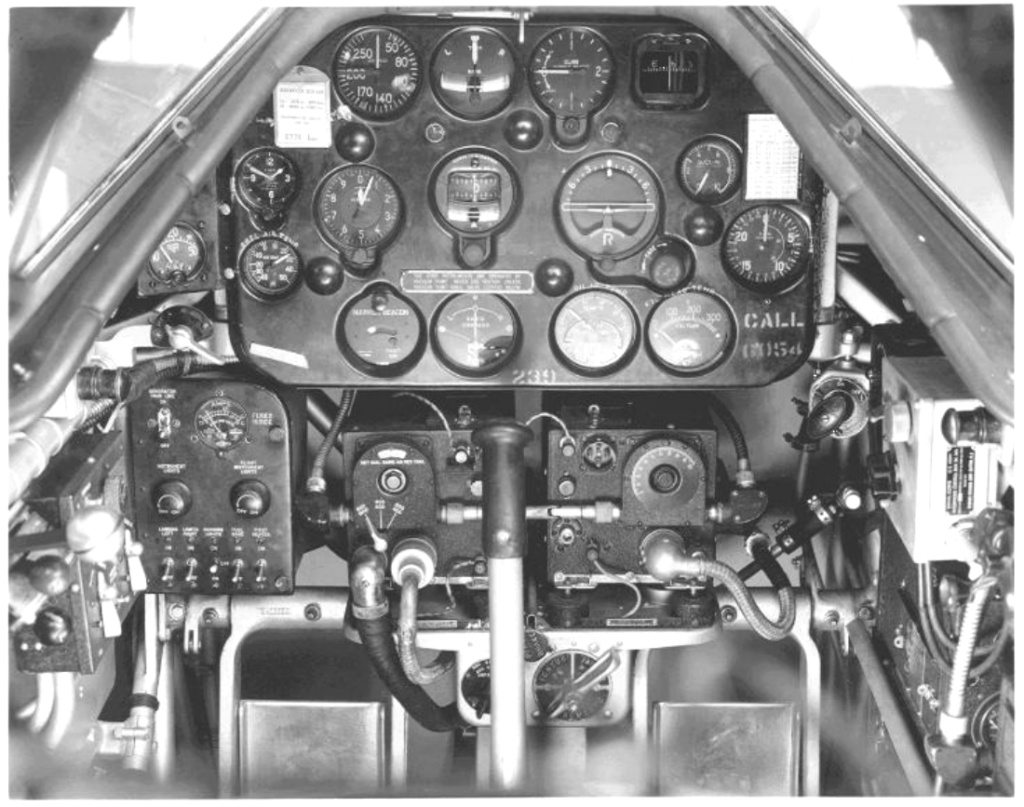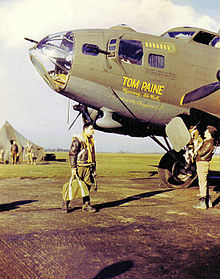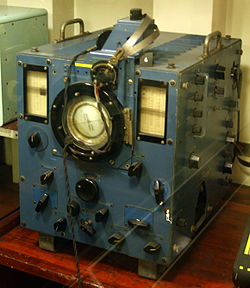1/10/40
Hi Darling:
I’m not supposed to use this mill for anything but official correspondence, but so what. I’m waiting for some report blanks to arrive from the OD office, and haven’t much else to do in the meantime. I can’t do too well, as I haven’t your letter in front of me, but I shall try to remember all of the questions you asked.
Yes, Wilson, was in our class. He sat at my table at mess, and was in my flight. I hadn’t yet left the field when he crashed. He apparently spun in from about 800 feet, some three miles from the field. The ship exploded all over the place, although he was thrown clear before it caught fire. Of course, it was instantaneous and painless. It should be quite a shock, but one expects things like that and he is almost forgotten now. He was a swell little guy, but there’s no point in being melodramatic about it. Flying here is yet a lot safer than riding in an automobile.
The mail orderly just arrived. Hope I have a letter from you. It will be some time before it is distributed.
I’m sending you the pictures for I know you can take care of them. All but the one of the four of us are commercial pictures sold here at Randolph. They are so much better than anything that I could take with the facilities available that I thought it better to buy them than to mess around. The one of the inside of the ship is chiefly for your boss’s amusement. Please see that the folks get to see them, and then send them to Jack in Baton Rouge. I’ll write to her and let her know the dope. I don’t want them at home for they would get lost, and I have a place to keep them here.
The one of the Buttermilk boys is an enlargement of a snap taken in Chicago. No explanation is necessary. I shall give you a little dope on the rest of them.
All of our rooms are arranged as shown in that the cadet barracks picture. There is a place for everything, and everything must be in its place. Incidentally, there should be a towel on the towel rack to cover the empty space. That would be a couple of gigs.
The air picture of Randolph is good, as well as showing the bottom view of one of the ships. Our ships don’t have the loop or short antenna on the bottom, but that is the only difference. The picture was taken from about 2500 feet as a rough guess.

Inside of the ship will give you an idea of what we’re up against. On the left is the prop control, mixture control, and throttle. Below that is the stabilizer. The instruments are more or less explanatory. To the right is the primer for starting, and the radio control box. The stick is in the center, and the rudder pedal to either side.

The mess hall is unchanged, although it is not my class. I’m the table commandant of the near table.
Hell—no letter.
Well, there’s nothing much new here. I have a swell sore throat to get rid of before the physical exam next week.
Be sure the folks see these and that they get mailed to Jack “sorta” quick.
Lots of love darling, Cy.
P.S. Ask Willy what he wants to know about the h.f.d.f. *
*Editor’s note: The “HF/DF” was the High Frequency Direction Finding radio, also known as the “RDF” (Radio Direction Finder) or the “Huff-Duff”. It was set of antennas using a high frequency radio band for communicating over long distances and it was introduced in WWII. It could also be used to locate enemy radio transmissions, especially for targeting U-Boats. For more information see: https://en.wikipedia.org/wiki/High-frequency_direction_finding

